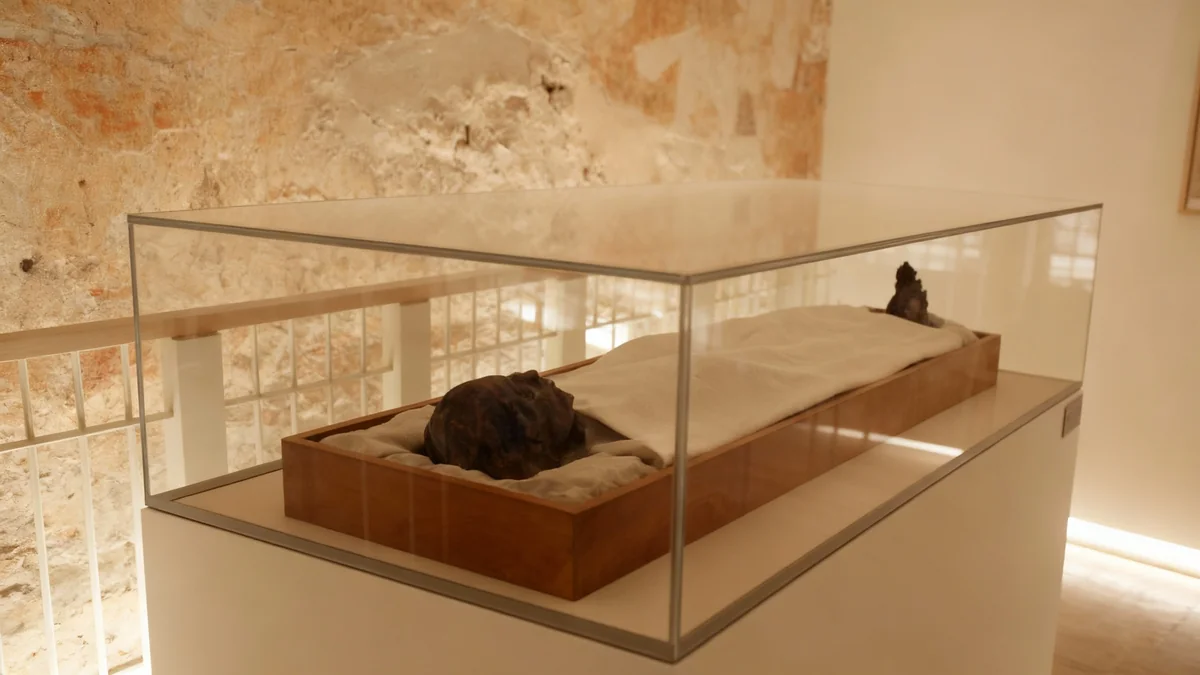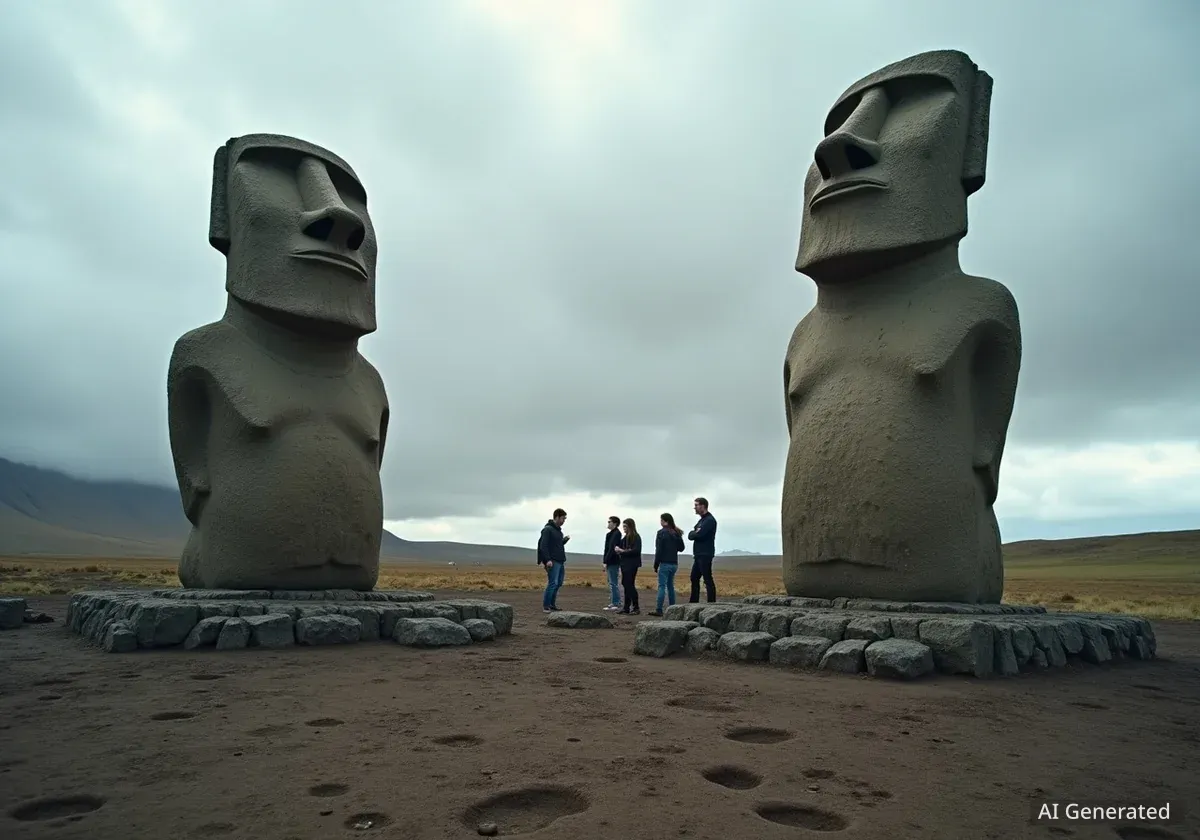Egypt's legendary tomb of King Tutankhamun, a site of immense historical significance, is experiencing severe structural deterioration. Cracks, water damage, and fungal growth threaten the 3,300-year-old burial chamber. Experts warn that a "disaster could strike at any moment" if immediate protective measures are not implemented.
Key Takeaways
- King Tut's tomb shows significant cracks and water damage.
- Fungi are actively consuming the tomb's ancient paintings.
- Flash floods in the Valley of the Kings contribute to deterioration.
- The tomb's location and geological makeup increase its vulnerability.
- Archaeologists propose interventions to prevent future collapse.
Deterioration of a Historic Site
A recent study published in Nature by archaeologists from the University of Cairo details the alarming state of King Tutankhamun's tomb. The research highlights ongoing and future risks to the structural integrity of the site. This deterioration raises serious concerns for one of the most important archaeological discoveries of the 20th century.
Professor Sayed Hemeda, a Professor of Preservation of Architectural Heritage at Cairo University and a study author, stated that the "cemetery may not last for thousands of years as it was built." This sentiment underscores the urgency of the situation. The tomb, known archaeologically as KV 62, is one of the smaller royal burials in the Valley of the Kings in Luxor.
Fact Check
- King Tutankhamun died around 1324 BCE, at 18 or 19 years old.
- His tomb was discovered in 1922 by British archaeologist Howard Carter.
- The tomb contains four main chambers: entrance, antechamber, burial chamber, and treasury.
- Approximately 5,000 artifacts were found, including the famous golden mask.
Environmental Threats and Structural Weaknesses
The tomb's precarious location at the base of the Valley of the Kings mountains exposes it to significant environmental hazards. Flash floods, particularly from heavy rains, carry debris, stones, and soil directly towards the ancient structures. A major flood in 1994 served as a catalyst for much of the current damage.
This 1994 flood allowed water to seep into the tomb, drastically increasing humidity levels. Elevated humidity then fostered the growth of fungi. These fungi are actively consuming the intricate and priceless paintings that adorn the tomb's interior, threatening their existence.
"There are current and future risks facing the cemetery, which will affect its structural integrity in the long term," said Professor Sayed Hemeda.
Key Damage Points
One of the most concerning issues is a major fracture that runs across the ceiling of the burial chamber and its entrance. This fissure has become a pathway for rainwater, which exacerbates existing cracks. The ceiling, primarily composed of Esna shale, is under strain that exceeds its material capacity.
Esna shale is known for its tendency to expand and contract with fluctuations in humidity. This geological characteristic heightens the risk of deformation and eventual collapse. While an immediate collapse is not expected, the long-term viability of the tomb is severely compromised without intervention.
Historical Context
The Valley of the Kings is a necropolis in Egypt where pharaohs and powerful nobles of the New Kingdom were buried. It is a UNESCO World Heritage Site. King Tutankhamun's tomb, though small, is unique for being largely intact when discovered, providing an unparalleled glimpse into ancient Egyptian funerary practices.
Beyond Humidity: Mountain Instability
Humidity damage is not the only factor threatening these ancient marvels. Professor Mohamed Atia Hawash, Professor of Architectural Conservation at Cairo University’s Faculty of Archaeology, highlights another critical danger. The mountains surrounding the Valley of the Kings are riddled with large fractures. These fractures could cause massive rock formations to break off and collapse onto the tombs below.
Professor Hawash issued a stark warning: "A disaster could strike at any moment, and if the Valley of the Kings is to be preserved, action must be taken before it is too late." He emphasized that King Tut's tomb serves as a critical warning that must be addressed immediately.
Proposed Solutions and Future Preservation
Archaeologists and conservationists are exploring several solutions to prevent the tomb's demise. One key proposal involves minimizing humidity fluctuations within the tomb. This would require regulating its internal environment through advanced climate control systems. A focused program of reinforcement and conservation is also essential.
Other suggestions include reducing the load on the mountain directly above the tomb. This could involve geological engineering to stabilize the rock masses. Additionally, outfitting the tomb's interior with removable supports could provide crucial structural stability, preventing collapse in the event of further deterioration.
The preservation of King Tutankhamun's tomb is paramount for global heritage. The site represents an irreplaceable window into ancient Egyptian civilization. Urgent action is critical to ensure this treasure endures for future generations.




